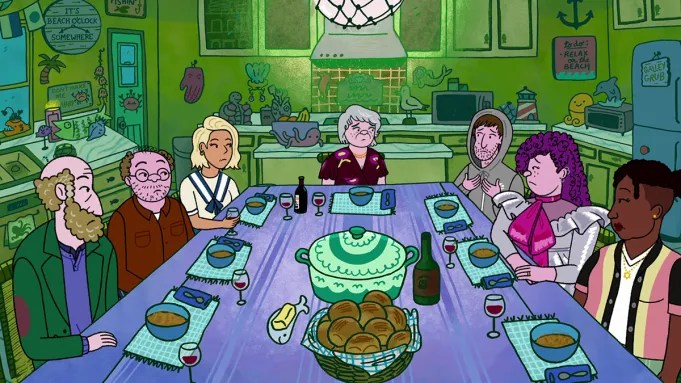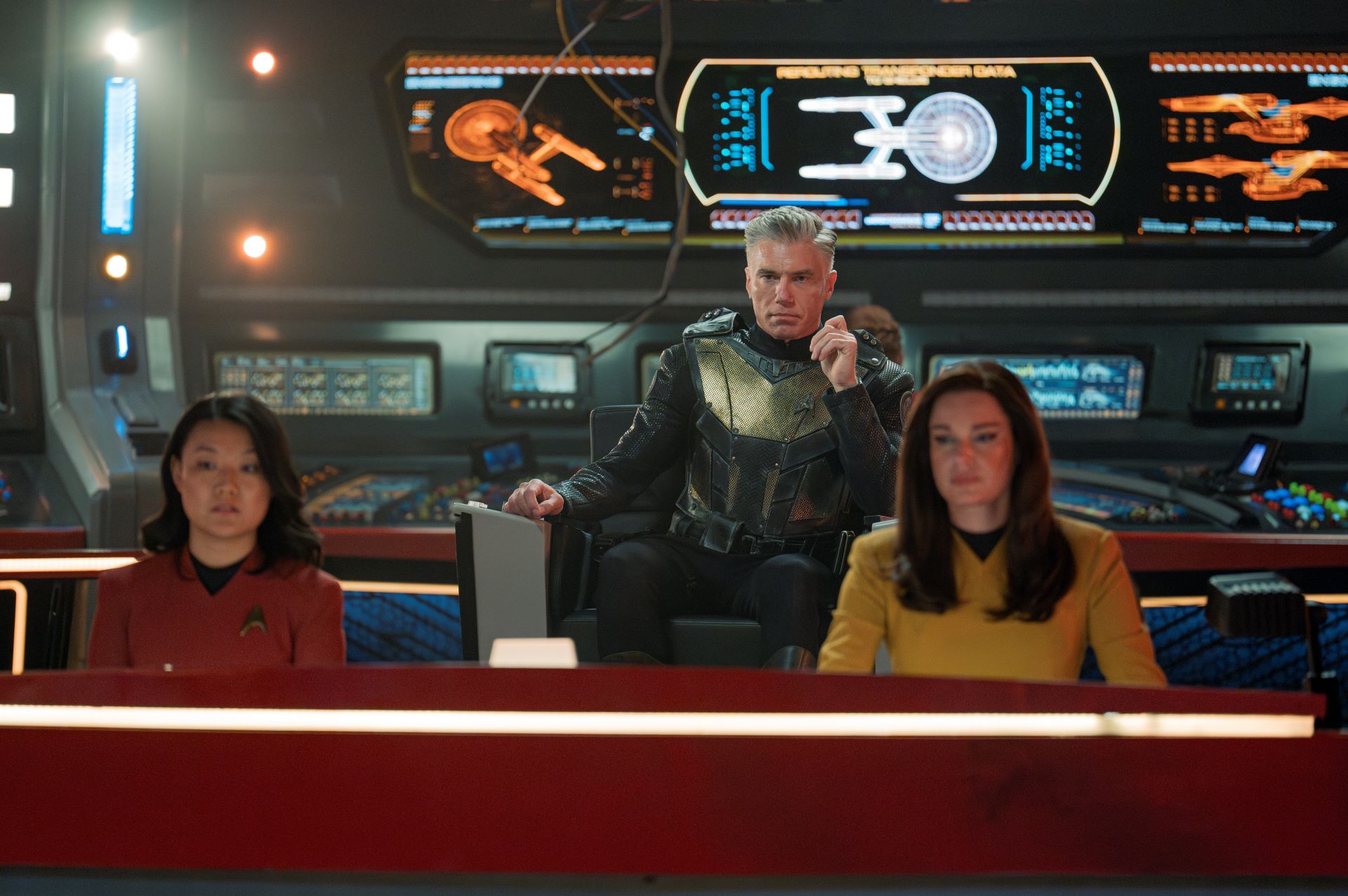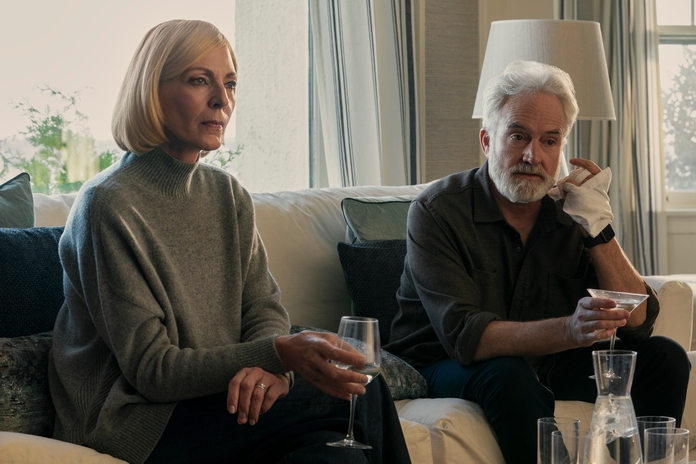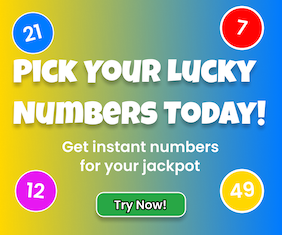“Long Story Short” cuts to the point. Coming from “BoJack Horseman” creator Raphael Bob-Waksberg, it’s without the parody dressing “BoJack Horseman” presents, instead getting closer to the heart of human conflict and comedy.
Screening at the Annecy International Animated Film Festival this week, the first episode of the “BoJack” creator’s latest animated Netflix series sees Avi (Ben Feldman) bring his new girlfriend Jennifer (Abbi Jacobson) to meet his family ahead of his little brother Yoshi’s (Max Greenfield) Bat Mitzvah. It drowns you in overlapping dialogue, religious anxiety, and eccentric family members, immediately distancing itself from Waksberg’s past work. The series then follows the Jewish family through the years, their hopes, and disappointments.
“I was thinking about family, time, and identity,” Waksberg told IndieWire at Annecy. “In the writers room, I wrote those up on a board, like this is what the show is about. More specifically, I was thinking about how our relationships with our family change over time, and how our identity changes over time, and the ways we see ourselves and think about ourselves, and how so much of that is defined by our family. When we have kids, oftentimes we are trying to either emulate or correct the ways that we were brought up. In some ways, we succeed, and in some ways, we fail. In some ways, we repeat what our parents did, and in some ways, we overreact to what our parents did. To think about that cause and effect on a longitudinal scale was really interesting.”
As much as the themes resonate with him personally, Waksberg hesitates to label “Long Story Short” as autobiographical. “I would say it feels more personal than autobiographical, because you don’t know my biography. But I wanted it to feel real and lived in. It’s not really about my family, but it is about family, and it’s about my thoughts on family, the rhythms of family and the way family interacts. I’d say all my work is personal in that way. I’m of the belief that on some level, all art is autobiographical, sometimes in ways you don’t even realize.”
Authentically depicting family made Waksberg write in a different register than what “BoJack” offered audiences. “We definitely do more dual dialogue than we ever did on ‘BoJack.’ That was very intentional. I wanted to have multiple conversations happening at the same time, and an awareness that the audience is not going to hear everything, and that’s okay, that’s a little leap of faith that people aren’t going to feel like, ‘Wait, what’s going on?’ Part of making a show is teaching your audience how to watch it. We want to be intentional in signaling to the audience that, if you missed something, don’t worry, you’re not supposed to get everything, maybe watch it a second time and pick out what other people are saying. We wrote and edited the dialogue, trying to move the conversations faster.”

He added, “This part is actually very autobiographical. It’s based on my family and probably other families as well. You don’t wait till the end of the sentence to start talking, especially when you know what the other person is saying, you’re gonna start before they’re done. If you’re not raised in that mode, it can be very overwhelming and off-putting, but I’m interrupting you because I’m showing that we’re in this together. So I think trying to write in that mode was very intentional.”
“Long Story Short” also feels so personal because of its exploration of Jewish identity, depicting Yoshi as having a crisis of faith. “Being Jewish means so many different things to different people,” said Waksberg. “A lot of stories about religion are centered around faith, because that is the Christian narrative, and faith is such an important part of Christianity and Judaism as I’ve experienced it. I’m not speaking for all Jews, but it’s not as based in faith. That’s not all what being Jewish means. I’m interested in religion as far as culture and community and history and identity.”
Returning from working on “BoJack” with Waksberg, as well as Netflix’s “Tuca & Bertie,” is character designer Lisa Hanawalt, whose work is more restrained, more minimal, than what she showcased on her previous series. “It was very intentional,” added Waksberg. “We wanted it to not look like ‘BoJack’ or ‘Tuca.’ We didn’t want it to be mistaken as a spinoff and feel like BoJack can walk in any minute. That was the main guidance I gave her. Working with Lisa as long as I have, there’s trust there, there’s faith there, and I often feel the less direction I give her, the more I get to be surprised and delighted. I was really interested in her idea of having dots for eyes, instead of full eyes. We did a lot of tests to see how expressive they could be, and you look at old ‘Peanuts’ comics. Those characters are very expressive. It was really fun to think about new ways of using eyes on this show.”
When he spoke to IndieWire last year, Waksberg discussed how “BoJack Horseman” had to be tailored around how audiences watch shows on streaming: linearly and often all at once. In the 11 years since, the landscape has changed yet again, which led him to think differently about the structure of “Long Story Short.”

“I was interested in thinking about how audiences watch shows. One thing I have felt is that ‘BoJack’ has done very well, even for people who weren’t watching when it was on. One of the reasons for that is because it’s long-running, there are 77 episodes of it, and when you get to the end, you’re ready to start it all over again.”
Waksberg said, “That’s harder to do with fewer seasons with shorter episode orders, which you see a lot of in streaming. On a show like this, the goal is to make you fall in love with the characters. Can you shortcut that a little bit by jumping around time and watching these characters grow up? Can you feel, by the end of the first season, that you’ve watched five seasons of this show? Can you feel that same kind of warmth that you feel with something you’ve seen 100 episodes of? That’s the great experiment. Given the landscape of television right now, I’m probably not going to get 100 episodes. Is there a way to get some of that same effect?”
At the end of the credits, “Long Story Short” makes a point to stress that “This Programme Was Made By Humans.” “It’s a bit of a toothless guarantee, because there’s no standard at this point, there’s no Humane Society of Anti-AI to certify this as the correct amount of non-automation,” said Waksberg. “But as a statement of value, it was worth saying out loud, ‘This is important to us,’ and what I love about the show is that it is made by humans. Even in the artwork, we were really deliberate in saying, ‘Let’s color outside the lines a little bit, let’s, let’s make this feel handmade.’ In the writing, too, we want it to feel personal. We want it to feel specific.”
He added, “One of the things I love about getting to do this work is how collaborative it is. I get to work with these other humans who come in with their own stuff. I could see a world in which I had an idea for a show, and I could write up a paragraph about it, and then a machine could kind of spit it out exactly the way I was imagining it should. I don’t think we’re there yet, but I could see that scenario. But I don’t want a show exactly the way I’m imagining it. I get to be surprised by the brilliance and the experience of these other people that have worked on it. And I do feel like we need to draw some lines in the sand. We all do, every single day. I don’t know what that line is, but I think it is worth talking about, as audiences [are] saying we don’t want AI art.”
“Long Story Short” premieres on Netflix August 22.



